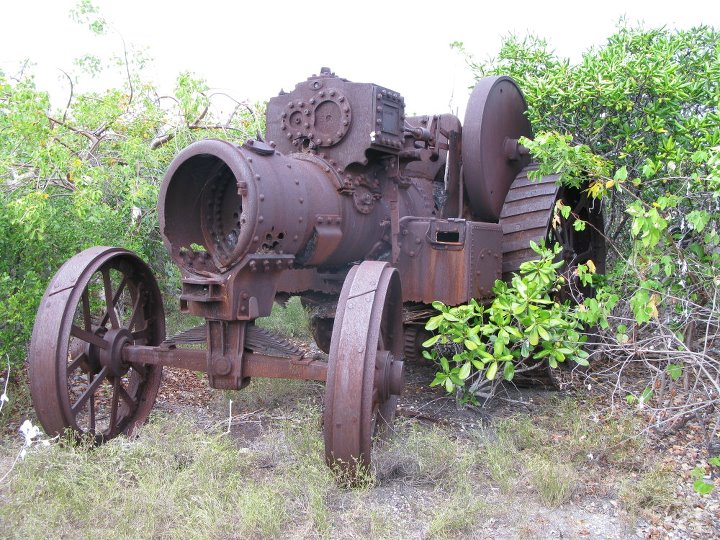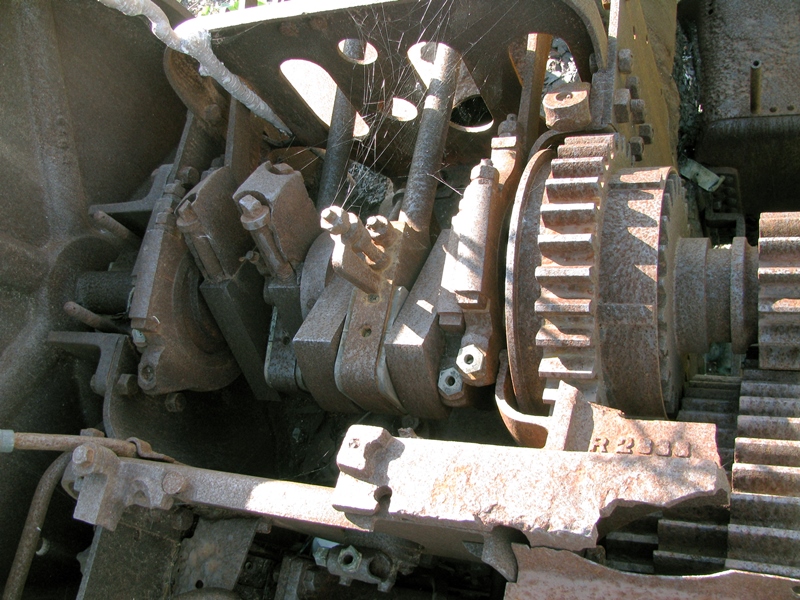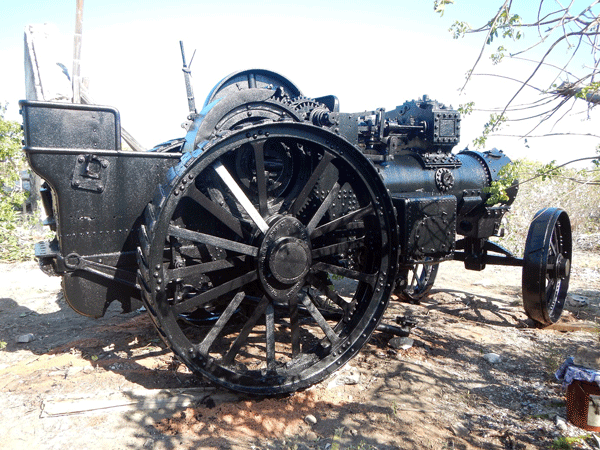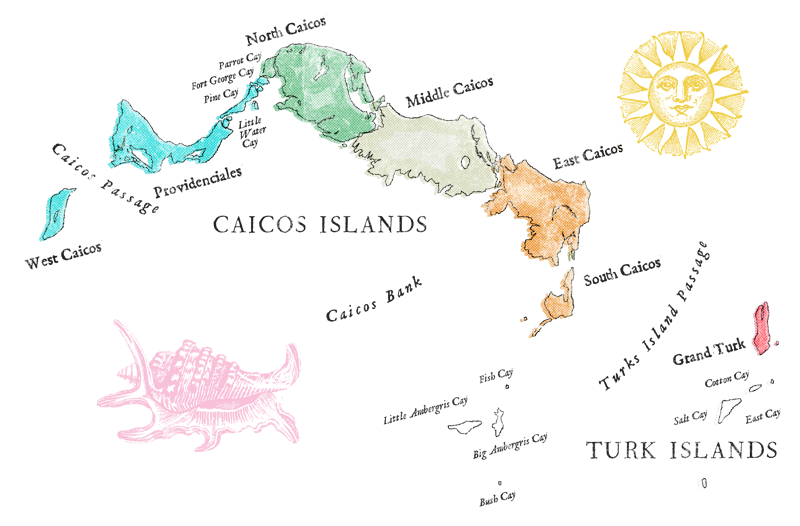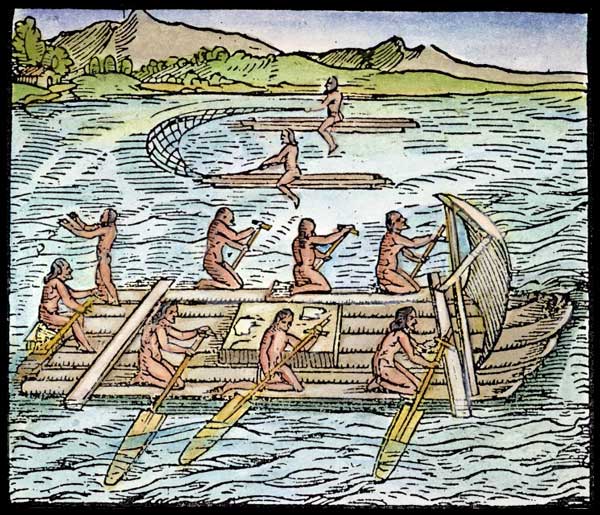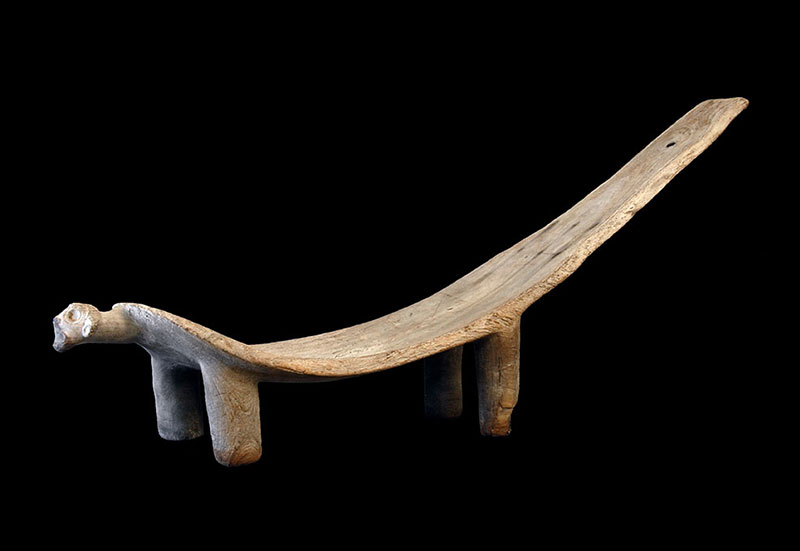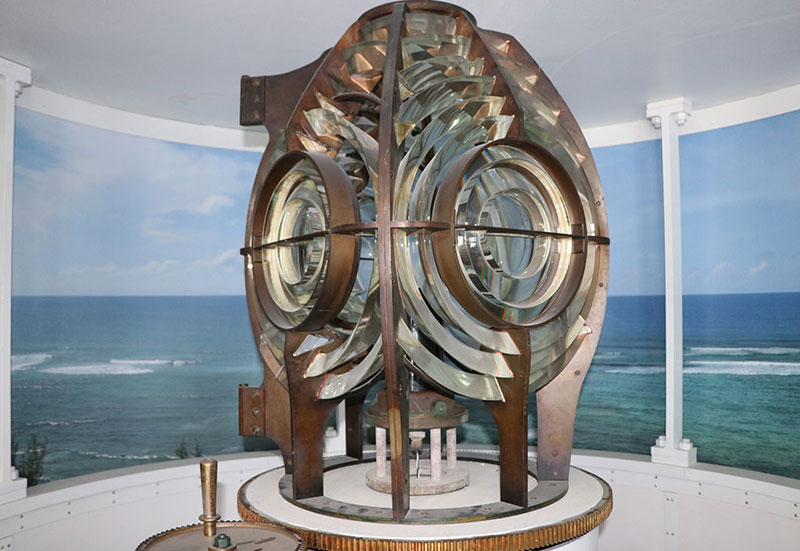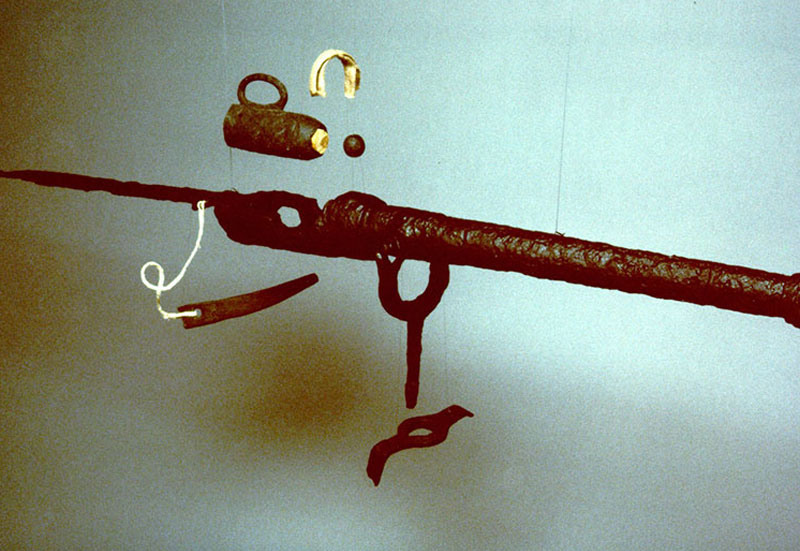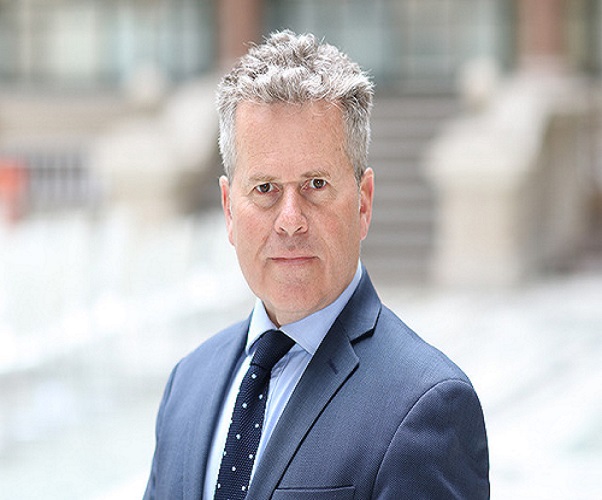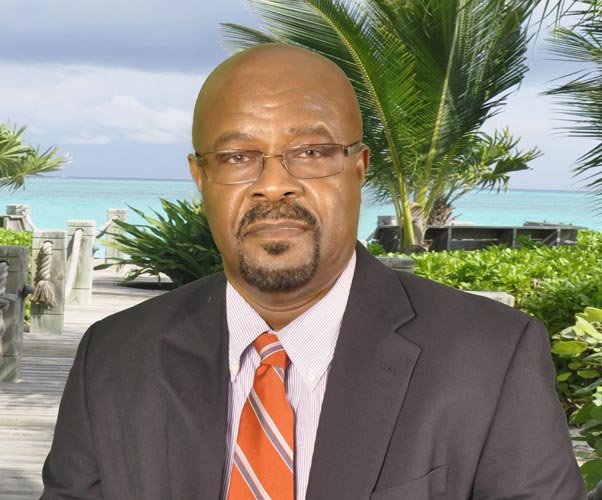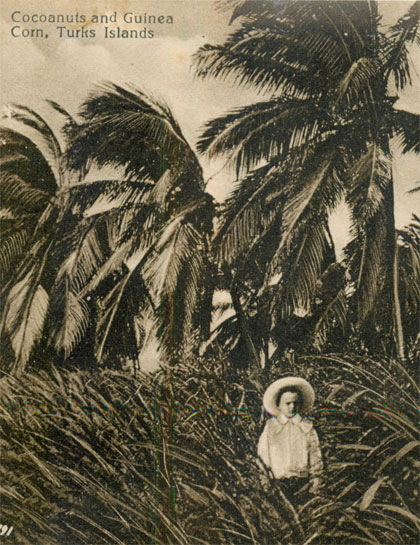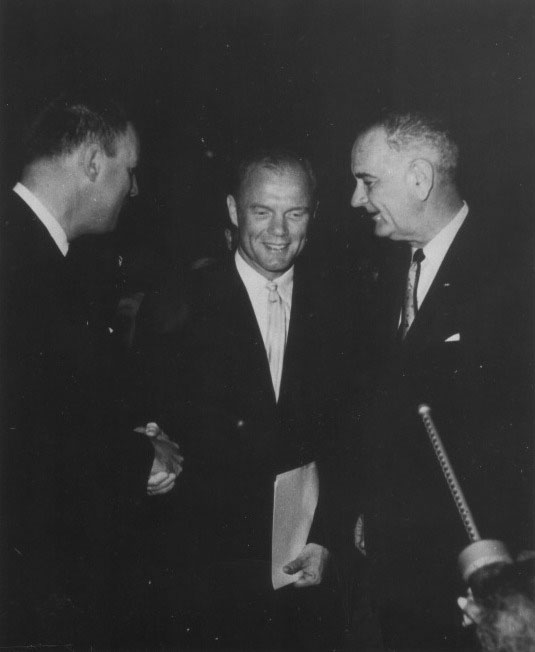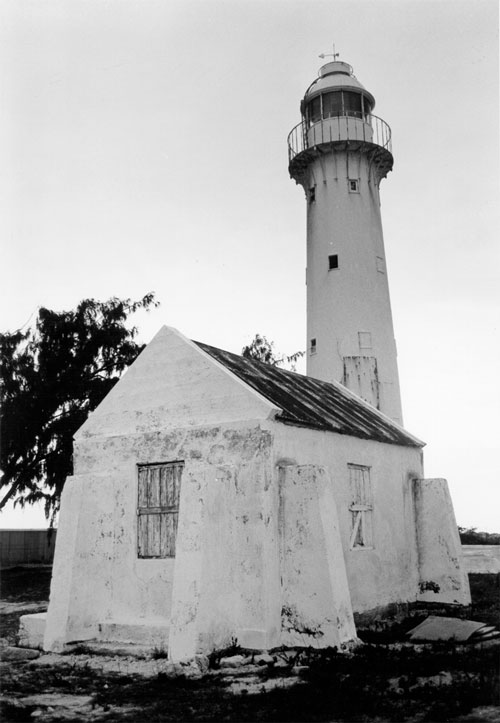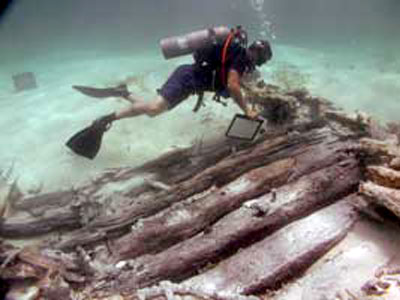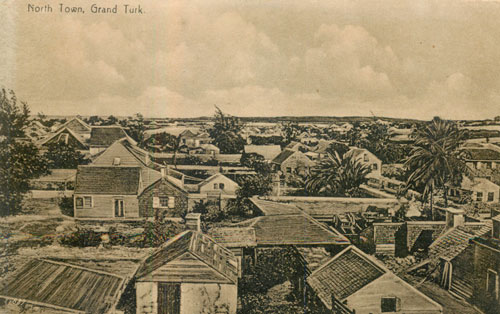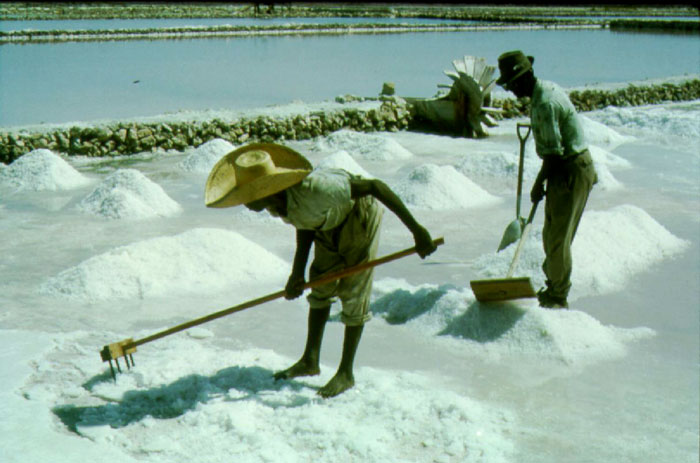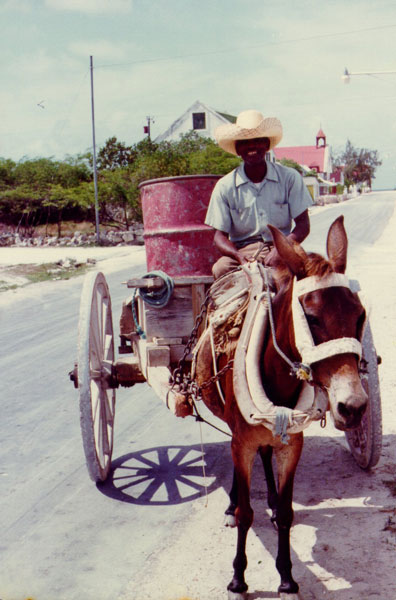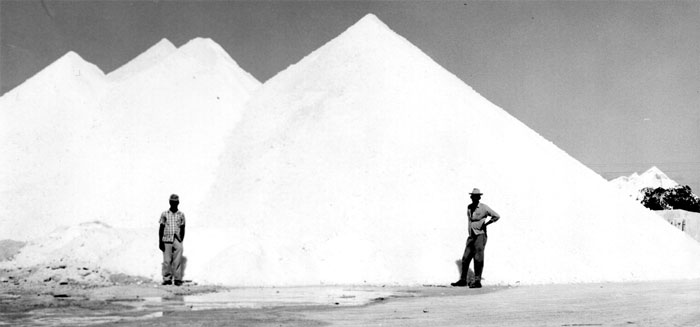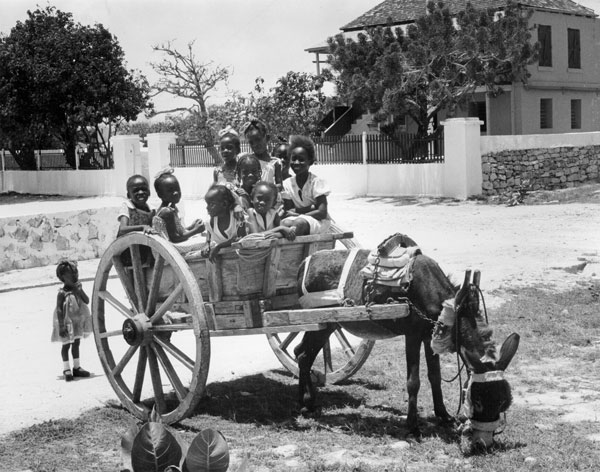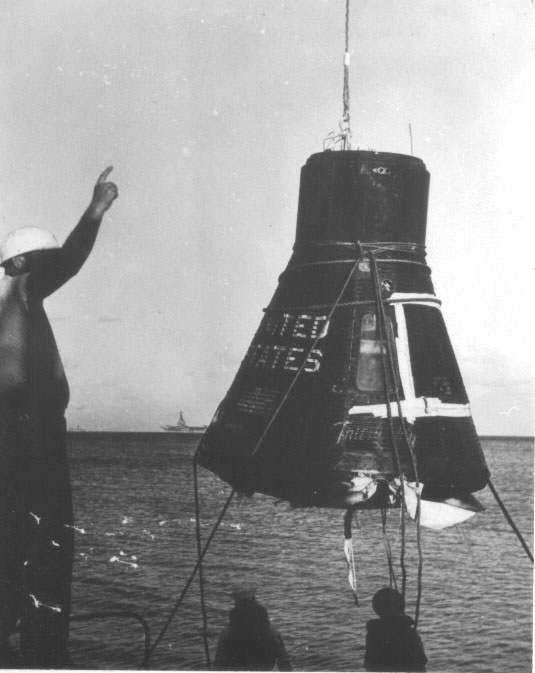The Iron Giant of Yankeetown
The most impressive single artifact at the lonely Yankeetown settlement on West Caicos is the enormous steam engine on wheels.
Abandoned But Not Forgotten
Seeing if for the first time one can only wonder: Where did it come from? What was it for? How did it get here? How long has it been abandoned?
West Caicos has been uninhabited for most of the last two centuries. The modern history of the island is a series of failed enterprises starting with commercial salt raking in the 1850s, followed by a scheme a half century later to plant hundreds of acres of agave, the plant that produces sisal fiber. Twentieth century schemes were similarly doomed.
The Colonial Annual Report of 1920 alluded to the West Caicos Fibre Company noting: “it passed out of existence in 1916…. Fine buildings, erected a great cost, had been demolished … and today there is the pitiable spectacle of roofless buildings and valuable machinery, gone to ruin…”
Clearly the steam engine was connected to this enterprise, but what is the history behind this wonderful machine? It remained a puzzle until 2001.
Identifying the Steam Engine and Its History
During 2000 John Saunders, a keen amateur traction engine enthusiast visited West Caicos just to view the engine. He returned in April 2001 and presented the Museum with a replica engine plate as well as copies of the relevant material for this steam engine supplied by Dave Roberts, Chairman of the Charles Burrell Museum in Thetford. The documents record that it was completed on November 16, 1904 with engine number 2712. It was produced for Pita Ltd, London (another name for Sisal was Pita) and was to be shipped to India, but this was amended to West India [sic]. We can assume that is an error and should have been the West Indies.

Page from the Burrell Steam Traction Engine “birth certificate.” Note the insertion of ‘West’ in the notation in the third line ‘Shipped to India.’ Maybe it came to West Caicos instead of India because it was destined to be saved by a great many people who care about its fate and so ended up right where it was supposed to be.
Learning it was a Burrell Steam Traction Engine was a huge step forward. But doing anything more with the engine or that information languished until 2012 when Dr. Donald Keith, Chairman of the Museum Board of Directors, received an email from another steam enthusiast. Graeme Glynn saw an image of the engine on the Museum’s website and his first message reignited our interest:
“From the looks of the photo I will say it is most definitely a Burrell road locomotive, quite possibly a 6-7 NHP class engine. She is a single drive to the rear axle. Burrell primarily built 3 shaft engines. Being a double crank compound engine she was quite a powerful, yet economic engine. As she is a road locomotive she is fitted with ‘belly tanks’ these were extra storage tanks under the boiler.
Charles Burrell & Co were based in Norfolk, Thetford England. They are probably best known for their Showman’s class engine – which were arguably the finest steam engine ever produced. Just how an engine like this ended up on West Caicos Island is a mystery! There were so many American- and Canadian-built engines that there was never any need to send for European steam engines. As the Turks and Caicos were a British dependency, that may explain the Burrell engine being there. Britain exported a lot to her colonies in the late 1800’s early 1900’s. Some of these engines are still to be found in Argentina, Patagonia and Australia. Parts of Africa and India are known to have some remaining engines also.”
If it was imported by the West Caicos Fibre Company in late 1904 or early 1905, that makes the engine over 110 years old!
Saving the Burrell Steam Traction Engine – The First Steps
Over the next couple of years Graeme Glynn and Donald Keith corresponded scores of times about what should and could be done to preserve the Burrell Steam Traction Engine. Fortunately, in November 2013 Eric Christensen, then CEO of the development company that is revitalizing the Molasses Reef Resort on West Caicos, was a sympathetic ear. That contact resulted in meetings and dialog between representatives of the Department of Environment and Maritime Affairs, Apex Development, the National Museum, and steam tractor enthusiasts. Graeme explained that there is a large and active community of “steam buffs” who research, collect, and restore machines like these to working condition and operate them regularly at special events.
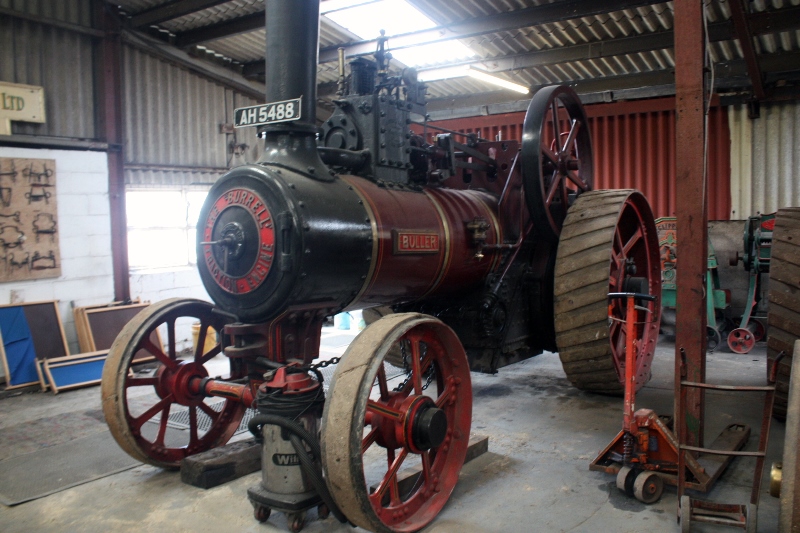
A restored Burrell steam traction engine very similar to the Yankeetown example is displayed in the Strumpshaw Hall Steam Museum. This one is No. 2366, known as Buller, was built in 1901.
We began to wonder if the Burrell on West Caicos could be restored.
In March 2015 Graeme came to the islands and with the help of Mark Parrish at Big Blue and Stan Hartling, a Museum Board Member, visited the engine. After a careful inspection, and lots of photographs, Graeme urged that it be put indoors and as a first step covered in used motor oil to prevent further oxidation. That first step was taken in late April when a team of die-hard enthusiasts tackled the dirty and oily job of doing some first aid on the engine (see The Burrell Engine Gets First Aid).
Rescuing the Yankeetown steam engine now seems possible, but there are a number of thorny logistical problems to work out first. Getting it “indoors,” the next most important step, means moving it from West Caicos to Provo. It’s not an insurmountable problem, just a big and heavy one!
But what then? We could simply store it out of the weather and try to arrest further deterioration, or we could give it a “cosmetic” restoration–or we could rebuild it so that it actually runs!
A few years ago the questions would have been where on Provo could that kind of work take place, who would find the necessary expertise and oversee it, where would the Iron Giant reside, and who would maintain it going forward so that people could see and appreciate it? Now that the Museum has property and facilities on Provo, the logical answer to all those questions is: the National Museum in the Village at Grace Bay.
Too big a challenge? Too uncertain an outcome? Too big an expense? Perhaps, but in the words of Consul John Newport, penned 151 years ago in reference to another ambitious West Caicos project: “. . . some day, not far distant, the labor there used will produce results commensurate with the largeness of the undertaking and worthy of the courage and skill, and energy displayed by the conceiver and principal conductor of the enterprise in question.”
We are up for the challenge, but will need the help of many willing volunteers and the support of enthusiasts far and wide to make it happen. If you are willing to pitch in contact us for more information.
You can also support the restoration of the Burrell through a directed donation in any amount. If you are a US taxpayer, your donation is tax deductible. Click on the donate button to help save the Iron Giant of Yankeetown:
